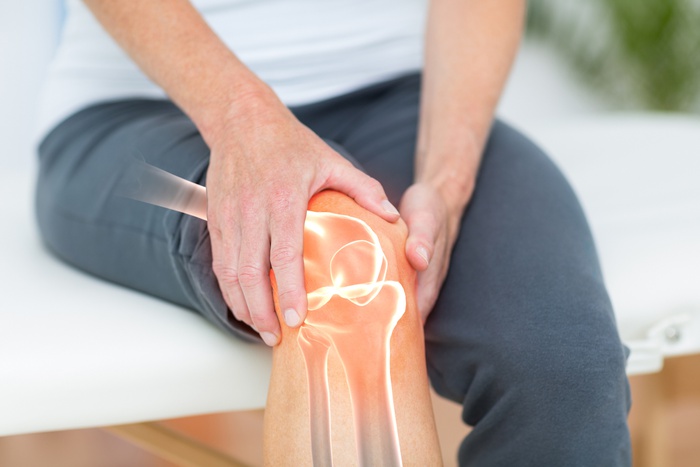
MENISCUS TEARS
Knee joint consists of thighbone, shinbone, patella bone, cartilage tissue that covering the joint surfaces of these bones, medial-lateral meniscus, anterior-posterior cruciate ligaments, and medial-lateral lateral ligaments.
KNEE ANATOMY
Meniscus is the tissue like cartilage that absorbs the shock between thighbone and shinbone. Meniscus tears are the most common knee injuries. It happens especially in contact sports such as football, basketball, ice hockey, and sports such as skiing and tennis that cause knee rotation.
Meniscus tears may be in different shapes and called bucket handle, flap, radial, degenerative and complex tears.
Causes and Symptoms
Meniscus tears generally happens by sudden trauma in young people during sports activities. Degenerative rupture happens in older people. The most common symptoms of torn meniscus are: Pain, swelling and locking of the knee.
Diagnose
To diagnose the torn meniscus an orthopaedics doctor should check the patient’s knee physically and get the patient’s history. Of course that will not be enough and the patient should be checked by MRI(Magnetic resonance imaging- best images of the soft tissues inside the knee joint, like meniscus, ACL, cartilage, ligaments etc) and X ray(not to diagnosed the torn meniscus but to confirm the other reasons of knee pain like fracture, osteoarthritis or loose body) to confirm the exact diagnose.
Treatment
1/3 outer part of the meniscus (red area) has a very good blood supply and so the healing potential is high. 1/3 middle part (red-white area) is the area where there is less blood supply. 1/3 inner part (white area) does not have blood supply. The treatment depends on the type of the tear, size, location, age and activity of the patient, how long the patient have this problem, and any related injuries will factor into the treatment plan.
Nonsurgical Treatment
If the tear is small and if the patient is not so uncomfortable about the pain it may not require surgical treatment. Non-surgical treatment contain RICE (Rest, Ice, Compression, and Elevation.) Non-steroidal anti-inflammatory medicines may also reduce the pain and swelling.
Surgical Treatment
If the symptoms persist with nonsurgical treatment, that means the patient needs arthroscopic surgery. During the arthroscopic procedure the surgeon inserts a camera through a small incision (portal) inside the knee. The surgeon checks inside the knee and decides about the diagnose and does the treatment at the same time.
Meniscal Repair
During the arthroscopic surgery meniscus can be repaired with stitches. This depends on the type of tear, age of the patient, location of tear and the time past from the injury to surgery time.
Meniscus Stitch
About 40% of meniscal tears are actually repairable. The tears that are repairable tend to be in younger patients (below 40). The longer a meniscal tear is left, the less likely it is that it will actually be repairable. The success rate for meniscal repairs healing up is about 90%.
The kind of tears that tend not to be repairable are
Ragged, complex, degenerative tears in older patients, chronic tears,tears in the avascular inner free margin of the meniscus,radial tears (although some radial tears in children can be repaired) are generally not repairable. Partial meniscectomy(to remove the damage meniscus) should be done if the meniscus is not repairable. In this procedure, the damaged meniscus tissue is trimmed away.
Meniscal tissue has a poor blood supply. The outer peripheral 1/3 of the tissue actually has a decent blood supply (the red zone). The inner 1/3 has no blood supply and called the avascular or ‘white’ zone. 1/3 between inner and outer might have blood supply or not is called red-white zone. Tears in the red zone will heal after a meniscal repair. Tears in the inner whilte zone won’t heal. Tears at the red-white zone junction might heal, if they are repaired well.
Recovery
Meniscus tears are extremely common knee injuries. With proper diagnosis, treatment and rehabilitation, patients often return to their pre-injury abilities. It is up to what kind of treatment is done. If meniscectomy is done the patient should use a couple of crutches with partial weight bearing for one week. If the meniscus is repaired, it is not allowed to bend the knee more than 90 degrees for first three weeks but allowed to step on the foot partially.
© COPYRIGHT 2025 ALL RIGHTS RESERVED
Privacy Policy